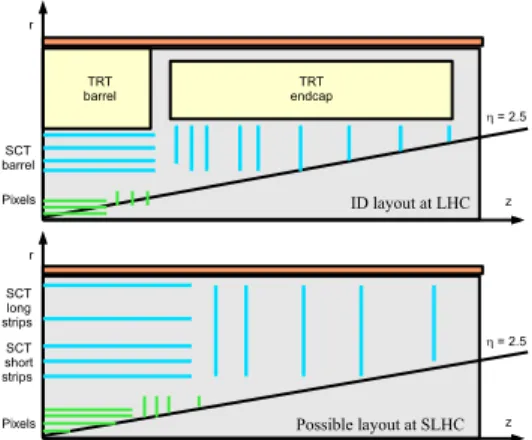Robert Richter on behalf of the ATLAS Collaboration
Volltext
Abbildung

ÄHNLICHE DOKUMENTE
a) It has the worldwide largest mirror dish. b) It is the first time that a lightweight mirror dish has been constructed from carbon fiber reinforced plastics (CFRP). c) First use
The resulting fit parameters are shown in the insets of the middle and right-hand plot of Fig. 1, showing flux-doubling times of the order of 2 minutes. This is the fastest
Dependent on the detector parts used for the recontruction, several muon types are defined: Combined muons use the information of both inner detector and muon spectrom- eter,
rates, requires improvements of numerous detetor properties, like granularity, radiation.. tolerane of sensors and eletronis as well as readout speed and data
The muon identification could be fully commis- sioning with cosmic ray data by aligning the inner detector and the muon spectrometer with muon tracks with an accuracy ensuring
In the lepton plus jet channel preliminary data-driven techniques have been applied for the determina- tion of the QCD multi-jet contribution to the selected data sample, which
Since a muon angle determination in front and behind the end-cap magnetic will be available, the p T of the muon can be determined with a higher accuracy and the Muon Trigger rate
Figure 3.4.: 3σ-efficiency of 377.3 cm long MDT drift tubes with maximum deadtime of 820 ns of the ASD chip (brown) and of 95 cm long sMDT drift tubes as a function of the